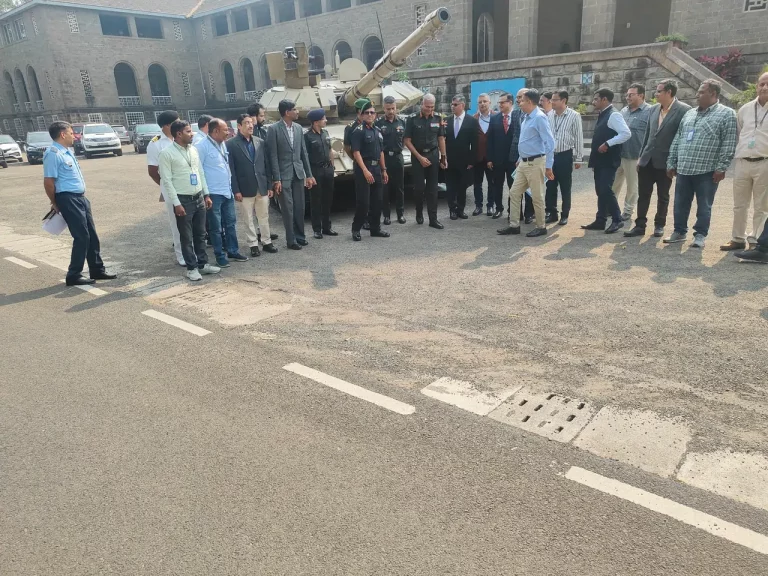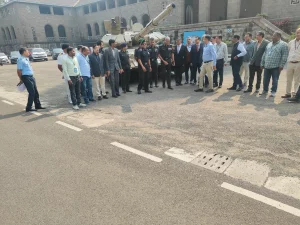A recent operation by Indian security forces succeeded in neutralizing a Lashkar-e-Taiba (LeT) module implicated in the deadly April 22 Pahalgam terror attack that took 26 civilian lives. The operation, known as Operation Mahadev, was initiated after a brief, unauthorized activation of a satellite phone belonging to a banned Chinese manufacturer led authorities to the militants’ hideout in the Dachigam forests near Srinagar.
The phone, identified as a smuggled Huawei device, sent a satellite signal that was intercepted last week in Delhi and traced to the Lidwas area of the Dachigam wildlife sanctuary. This discovery prompted a coordinated effort by the Indian Army’s Chinar Corps, Para Special Forces, Central Reserve Police Force (CRPF), and Jammu & Kashmir Police, which commenced at dawn on Monday.
Military officials stated that drone surveillance confirmed the location of three militants concealed within a forest trench. In a precise operation that unfolded rapidly, all three militants were neutralized within 90 minutes of engagement. Among those killed was Hashim Musa, also known as Suleiman Shah, identified as the alleged mastermind behind the Pahalgam massacre.
Operation Mahadev was conducted following a 14-day intelligence buildup involving intercepted encrypted communications on T82 ultraset radios, satellite geolocation data, and local inputs. By 2 AM on Monday, the terrorists had reactivated their encrypted channels, allowing Indian signals-intelligence teams to accurately determine their coordinates.
As the operation progressed, drones relayed crucial visual information about the Dachigam ridgeline. By 9:30 AM, forces had established a cordon around the Mahadev hill feature. A firefight began at 11 AM, with two militants eliminated almost immediately. A third militant attempted to flee but was shot by 11:45 AM. The operation concluded by 12:45 PM with the recovery of bodies and clearance of the area.
Security forces confiscated various items from the site, including carbines, AK-47 rifles, multiple rifle grenades, and satellite-navigation tools linked to China’s BeiDou system. These tools have become increasingly favored by terrorist groups seeking to evade conventional GPS surveillance.
Investigators confirmed that the Huawei satellite phone was linked to the Tiantong-1 network, which provides low-bandwidth communications independent of terrestrial infrastructure. Its strong encryption and frequency-hopping capabilities make it difficult to intercept, and experts indicated that deciphering such signals typically requires considerable time and collaboration with allied agencies.
In response to the successful mission, Defence Minister Rajnath Singh praised the operation in Parliament, asserting that terrorism would no longer find a safe haven in Kashmir. The Lieutenant Governor of Jammu & Kashmir acknowledged the achievement as a result of improved intelligence coordination but noted the gaps that had allowed the April 22 massacre to happen.
Despite the success of Operation Mahadev, security officials remain vigilant, suspecting that additional members of the terror module may still be active within the vast expanse of the Dachigam forest. Ongoing search operations continue in the region, reflecting the heightened state of alert among Indian security forces.

















